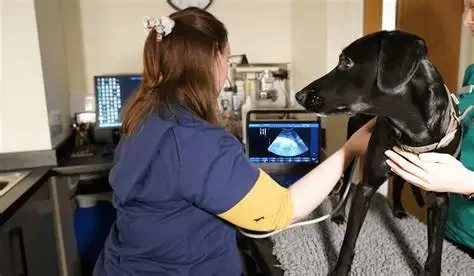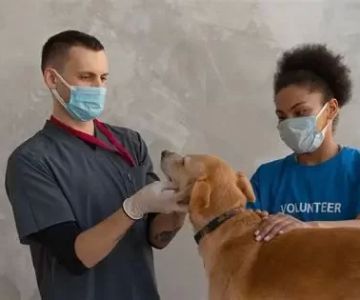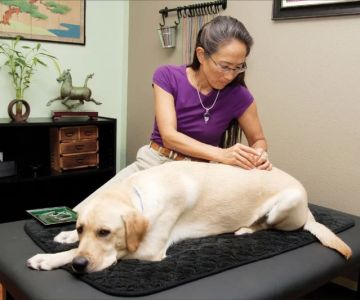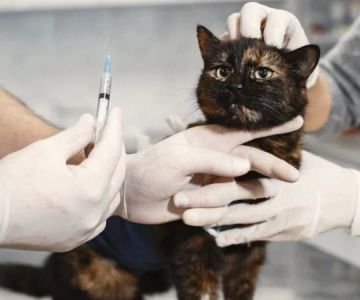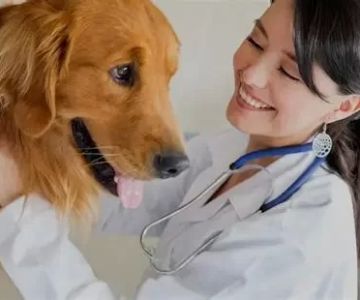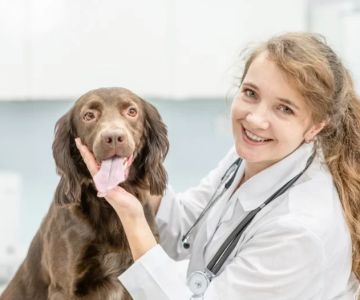- 1-vet-diagnostic-tools-from-observation-to-high-tech
- 2-the-role-of-x-rays-in-veterinary-diagnosis
- 3-ultrasounds-in-vet-medicine-how-they-help
- 4-blood-work-and-lab-tests-critical-insights
- 5-advanced-imaging-ct-and-mri-scanning-for-pets
- 6-when-diagnostics-make-the-difference-case-insight
- 7-partnering-with-the-right-vet-team
1. Vet Diagnostic Tools: From Observation to High-Tech
Veterinary diagnostics have come a long way from simply “looking and guessing.” Today’s veterinarians rely on a comprehensive array of tools, from visual assessments to advanced imaging technologies, to get a full picture of your pet’s health. When your dog suddenly starts limping or your cat refuses to eat, a vet’s ability to pinpoint the cause quickly and accurately can be life-saving.
Understanding what diagnostic tools vets use—from X-rays to ultrasounds—can help you become a more informed and empowered pet owner.
2. The Role of X-Rays in Veterinary Diagnosis
One of the most frequently used diagnostic tools in veterinary care is the X-ray. It’s the go-to method for evaluating bone fractures, joint problems, and even abdominal issues like swallowed foreign objects. X-rays are fast, non-invasive, and provide instant visual data that can often reveal problems that physical exams can’t.
At Hidden Brook Veterinary, we’ve seen X-rays confirm everything from broken ribs in an overzealous retriever to dental abscesses in cats that refused to eat. The clarity and detail are invaluable.
3. Ultrasounds in Vet Medicine: How They Help
Ultrasound, also known as sonography, allows vets to observe organs in real-time. It’s particularly helpful for soft tissue diagnostics—like checking the heart (echocardiograms), liver, bladder, or kidneys.
If your pet is showing signs like vomiting, weight loss, or abnormal urination, an ultrasound can help locate tumors, blockages, or organ malfunctions. Unlike X-rays, ultrasounds show motion, which can be critical for issues like heart disease.
4. Blood Work and Lab Tests: Critical Insights
Not all conditions are visible on a screen. That’s why blood work, urine analysis, and fecal testing are key components of veterinary diagnostics. A simple blood panel can reveal infections, hormonal imbalances (like thyroid issues), or kidney and liver function problems long before physical symptoms appear.
These tests are especially vital for senior pets, those with chronic conditions, or before surgery. Early lab work detection has saved countless lives through early treatment and monitoring.
5. Advanced Imaging: CT and MRI Scanning for Pets
For complex cases, vets may turn to CT (Computed Tomography) scans or MRIs (Magnetic Resonance Imaging). These tools offer high-definition, three-dimensional images of internal structures—ideal for diagnosing tumors, neurological disorders, or intricate musculoskeletal problems.
Although more expensive and sometimes requiring anesthesia, these tools are crucial in providing detailed insight when other diagnostics fall short. Think of them as the detective work of veterinary medicine.
6. When Diagnostics Make the Difference: Case Insight
One memorable case at Hidden Brook involved a Golden Retriever named Max who began showing signs of lethargy and a swollen belly. A physical exam revealed nothing conclusive. However, an ultrasound showed a mass pressing against his spleen, and lab results confirmed low red blood cell counts.
Thanks to the rapid combination of imaging and lab work, Max received emergency surgery and a transfusion. Today, he’s back to hiking with his family—living proof that diagnostic tools save lives.
7. Partnering with the Right Vet Team
Veterinary diagnostics are only as good as the people using them. A skilled vet will know which tests are necessary—and which ones aren’t. They’ll explain each step, provide clarity in moments of panic, and recommend solutions tailored to your pet’s needs.
If you’re ever uncertain about your pet’s symptoms, don't wait. Connect with a trusted team like Hidden Brook Veterinary to get answers fast. Whether it's an X-ray for a suspected sprain or blood work for mystery fatigue, knowing what tools are available gives you peace of mind and your pet the best care possible.

